The future of Saronno and of the Accademia di Brera: the former Isotta Fraschini factory revived with art
The arrival of an “innovative museum” supported by the Accademia di Brera, in the spaces of the former Isotta Fraschini factory is great news for lovers of contemporary art, for architecture enthusiasts and for all of the people of Saronno.
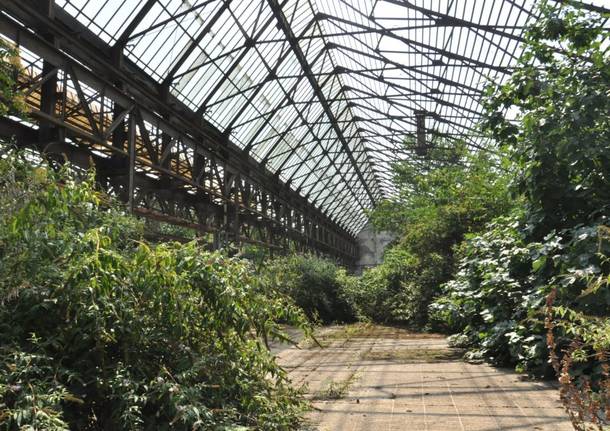
It came almost out of the blue, but it is another of those initiatives that can change the fate, and appearance, of a town over the next few decades.
The arrival, in the near future, of an “innovative museum” supported by the Accademia di Belle Arti di Brera in the buildings of the former Isotta Fraschini factory in Saronno is great news … for lovers of contemporary art, for architecture enthusiasts and for all of the people of Saronno.
The announcement was made during the presentation of the academic year of the public university, which was founded in 1776, and which is currently in a phase of full development and opening up to the town and to the surrounding territory. The President of the Accademia, Livia Pomodoro, also spoke about the university campus project for the Scalo Farini site and about the new spaces at Cascina Ovi, in Segrate. The work also concerns a part of the future of Saronno, that is, that of the former Isotta Fraschini factory, where, in three to five years’ time, at least according to the plans of the owners of the area and of those working on the overall project (we are in the preliminary phase), there will be a cultural space open to innovation.
The presentation included the remote participation of the architect Cino Zucchi, who had produced the masterplan for the huge abandoned area, which had been purchased by Beppe Gorla to turn it into something to “benefit the community”. “The regeneration is based on the awareness of the fragility of the territory and on a functional mix, where cultural production, exhibitions, dissemination of culture, education, residence and work come together, and have to find in an extended dimension the complexity and interdependence that made Italy’s old town centres magnificent in the past. Saronno is connected, and is making itself a European and global location. A unique, natural environment has been created inside the Isotta Fraschini, with trees that are taller than those in the Sempione Park. It’s a place that will become a model.”
The owner of the area, where the Vivaio Saronno project is being developed, and his close collaborator Angelo Proserpio, the President of Società Storica Saronnese, also spoke during a programme on RAI Tre.
Giuseppe Gorla explained that “It won’t be a traditional museum, but a space designed to be used by anyone who cultivates art.”
Proserpio emphasised the concept of “benefitting the community”, which has guided Vivaio Saronno’s projects from the outset. “We want to regenerate by conserving.”
The Mayor of Saronno, Augusto Airoldi, who has been called upon to manage another transformation of part of the city, after the work begun on the spaces around the railway, was clearly satisfied. “This is an extraordinary contribution to relaunching the entire town. This project will bring students and teachers from all over the world, visitors, work and culture,” said Airoldi. “This is the first step in a historic and much-needed change for our Saronno at this time in history. A turning point that will have a very positive impact on the economy and on the quality of life of our children and grandchildren. The result achieved encourages us, with the correct distinction of roles between public administration and private individuals, to work even more intensely with Giuseppe Gorla, the owner of the former Isotta Fraschini area, and with Angelo Proserpio, his ally in this enterprise. As an administration, we want the urban regeneration possible in the Isotta Fraschini area to become an example for a different way of redeveloping derelict areas to make them a place for new opportunities for our town. Today, one of the key words of my election programme, which described Saronno as a ‘town without limits’, has found its first tangible expression.”
All that remains now is to wait for the details of the project and its future developments, in the hope that the dreams can really come true and be shared with the entire population.
Translated by Sara Mentasti and Edoardo Graziani
Reviewed by Prof. Rolf Cook
La community di VareseNews
Loro ne fanno già parte
Ultimi commenti
Felice su Il pericoloso gioco alla stazione Ferno-Lonate: ragazzini attraversano i binari nel tunnel
lenny54 su È arrivato il gran giorno a Monteviasco: dopo sette anni di stop riparte la funivia
Adriana Andriani su Bogno, la Fondazione Sacro Cuore in liquidazione. Bini: "Non c'erano le condizioni economiche per proseguire"
Bruno Paolillo su Ottant’anni fa Hiroshima: la memoria della bomba che cambiò il mondo
PaoloFilterfree su Vigili del fuoco, organico solo sulla carta: Candiani denuncia l’abuso delle leggi speciali. "Vuote anche le case Aler in convenzione"
Alessandro Zanzi su Crescono le diagnosi di disabilità tra i minori di Varese: +500% in 10 anni


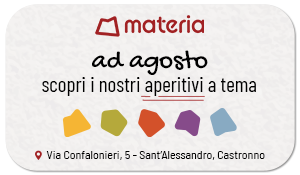

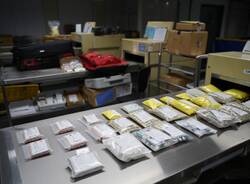




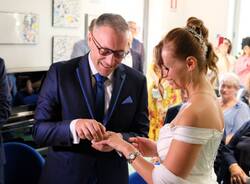

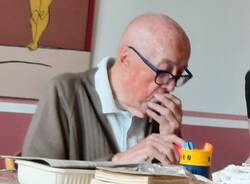

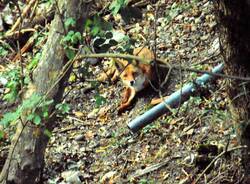
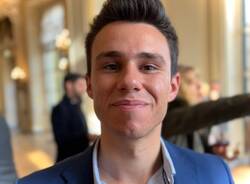

Accedi o registrati per commentare questo articolo.
L'email è richiesta ma non verrà mostrata ai visitatori. Il contenuto di questo commento esprime il pensiero dell'autore e non rappresenta la linea editoriale di VareseNews.it, che rimane autonoma e indipendente. I messaggi inclusi nei commenti non sono testi giornalistici, ma post inviati dai singoli lettori che possono essere automaticamente pubblicati senza filtro preventivo. I commenti che includano uno o più link a siti esterni verranno rimossi in automatico dal sistema.